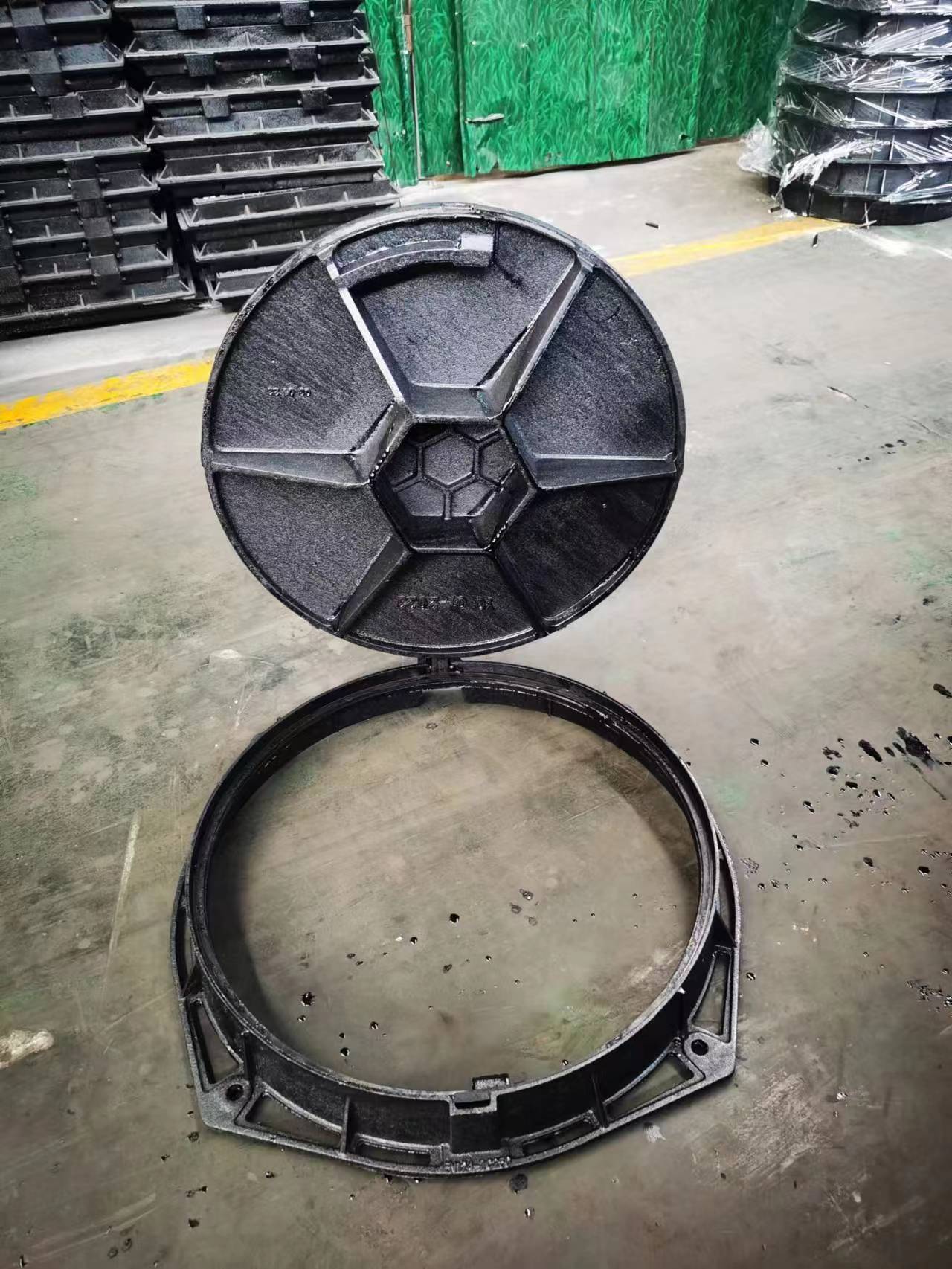drip air relief valve
Understanding Drip Air Relief Valves Functionality and Importance
In various industries, especially in water management and irrigation systems, the efficiency of fluid handling systems is crucial. One of the essential components that aids in maintaining this efficiency is the drip air relief valve. This article explores the functionality, importance, and operational mechanisms of drip air relief valves, providing insights into their significance in a well-functioning irrigation system.
What is a Drip Air Relief Valve?
A drip air relief valve is a specialized valve designed to expel air that may accumulate in a drip irrigation system. Air pockets can pose significant challenges in any pressurized irrigation system, leading to decreased performance, uneven distribution of water, and potential damage to the system components. The drip air relief valve operates automatically to maintain the integrity and efficiency of the irrigation process.
How Do Drip Air Relief Valves Work?
The primary function of a drip air relief valve is to facilitate the release of trapped air in the irrigation lines. As water fills the system, air is displaced. When the air pressure builds up to a certain level, the drip air relief valve opens, allowing the trapped air to escape. Once the air is released, the valve automatically closes, ensuring that water can flow freely through the system without interruption.
In many designs, these valves come with a float mechanism that triggers the opening and closing of the valve based on the water level within the system. When the water level is low, the float drops, and the valve closes. Conversely, when water levels rise and air builds up, the float rises, triggering the valve to open.
Significance of Drip Air Relief Valves
drip air relief valve

1. Efficient Water Distribution The primary advantage of employing drip air relief valves is the promotion of uniform water distribution throughout the irrigation system. Air pockets can disrupt the flow and lead to uneven watering, which can affect plant growth and crop yields. With the aid of these valves, the irrigation system can maintain consistent pressure and flow.
2. Prevention of System Damage Trapped air can lead to excessive pressure within the irrigation lines, posing a risk for leaks, bursts, or damage to fittings. By ensuring that air is properly vented, drip air relief valves significantly reduce the likelihood of such failures, prolonging the lifespan of the entire irrigation system.
3. Reduced Labor Costs Automation is a key factor in modern irrigation systems. The use of drip air relief valves minimizes the need for manual intervention to release trapped air, thus reducing labor costs and operational downtime. This automated solution enables farm operators and facility managers to focus more on other critical maintenance tasks.
4. Adaptability to Different Systems Drip air relief valves are versatile components suitable for various applications, from small-scale agricultural operations to large industrial setups. This adaptability allows for the efficient integration of these valves into existing systems, improving overall functionality without significant modifications.
5. Environmental Impact Effective irrigation systems contribute to sustainable water usage. By enhancing the efficiency of water distribution, drip air relief valves help minimize waste, leading to more responsible use of water resources in agricultural practices.
Conclusion
In summary, the drip air relief valve is an indispensable component of any drip irrigation system. Its ability to efficiently remove trapped air enhances water distribution, prevents potential system damage, and reduces operational costs. With the increasing emphasis on sustainable practices and efficient resource management, the importance of such valves cannot be overstated. As industries continue to innovate and strive for greater efficiency, drip air relief valves will undoubtedly play a crucial role in achieving these goals. By understanding and implementing this technology, stakeholders can ensure the longevity and effectiveness of their irrigation systems, ultimately leading to improved agricultural productivity and resource conservation.
-
The Smarter Choice for Pedestrian AreasNewsJun.30,2025
-
The Gold Standard in Round Drain CoversNewsJun.30,2025
-
The Gold Standard in Manhole Cover SystemsNewsJun.30,2025
-
Superior Drainage Solutions with Premium Gully GratesNewsJun.30,2025
-
Superior Drainage Solutions for Global InfrastructureNewsJun.30,2025
-
Square Manhole Solutions for Modern InfrastructureNewsJun.30,2025
-
Premium Manhole Covers for Modern InfrastructureNewsJun.30,2025
